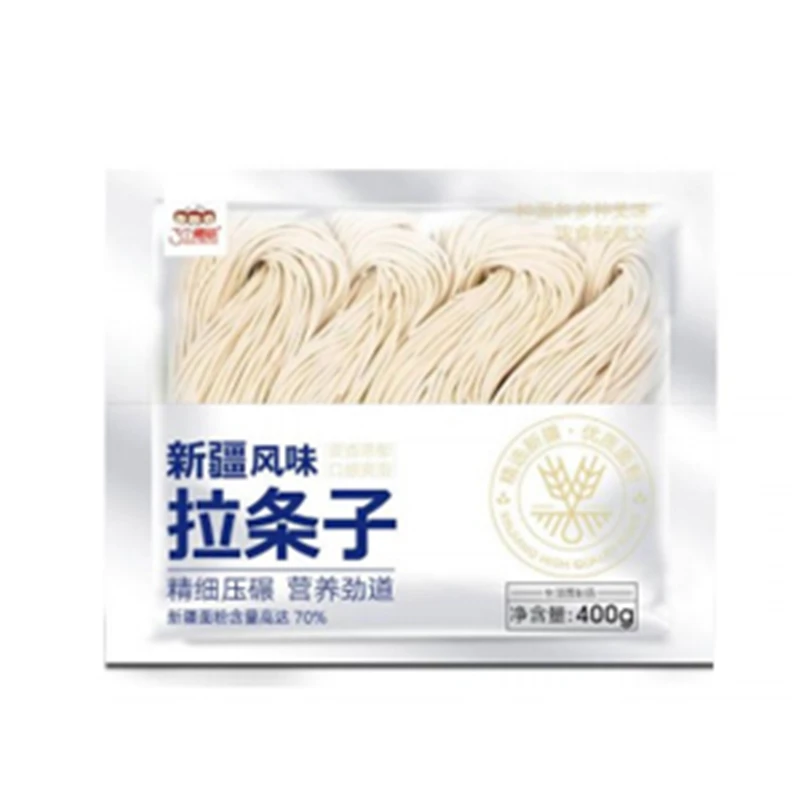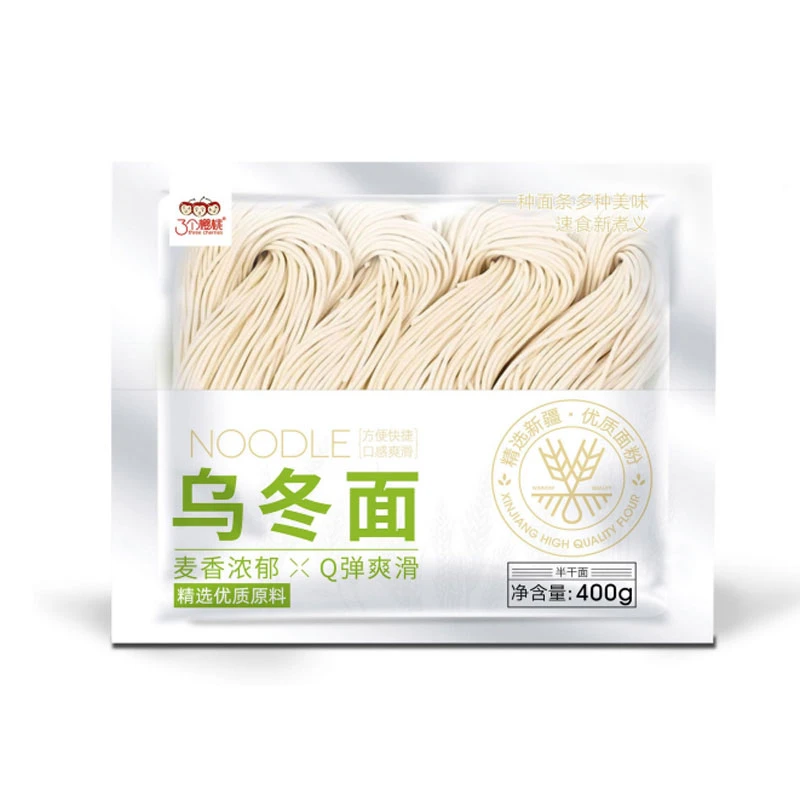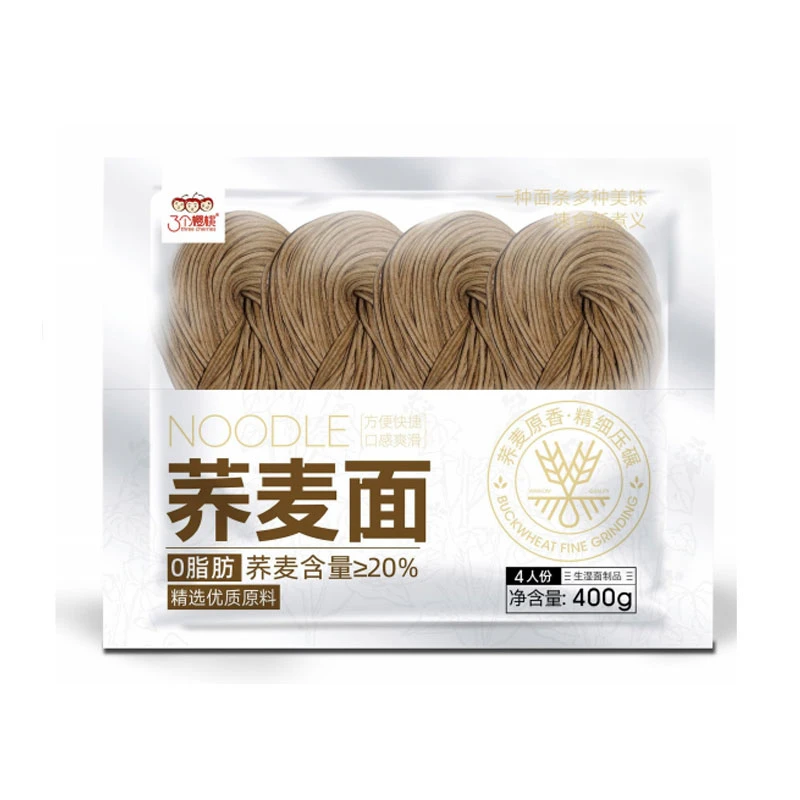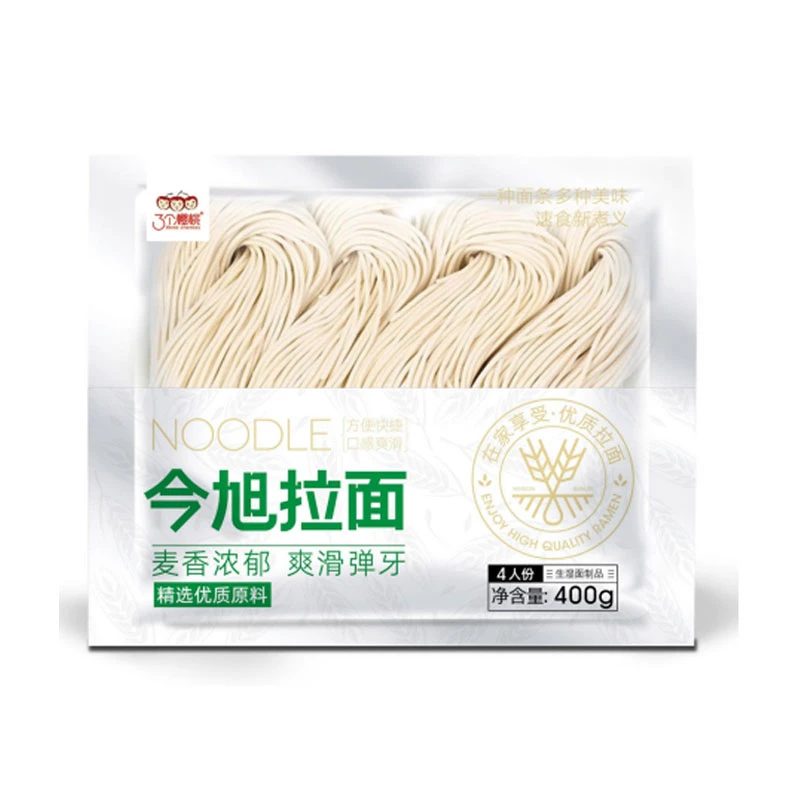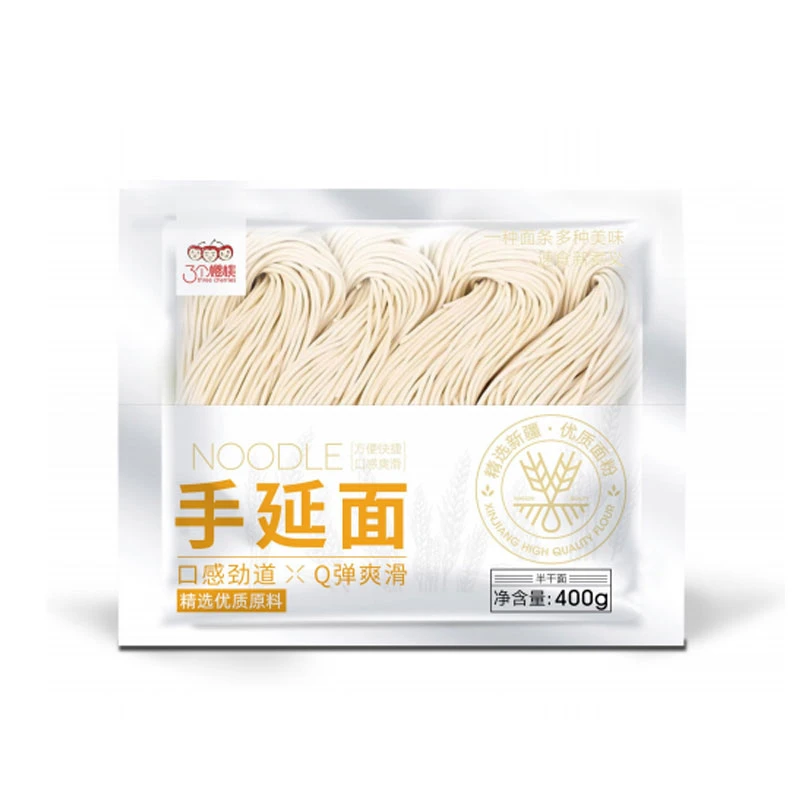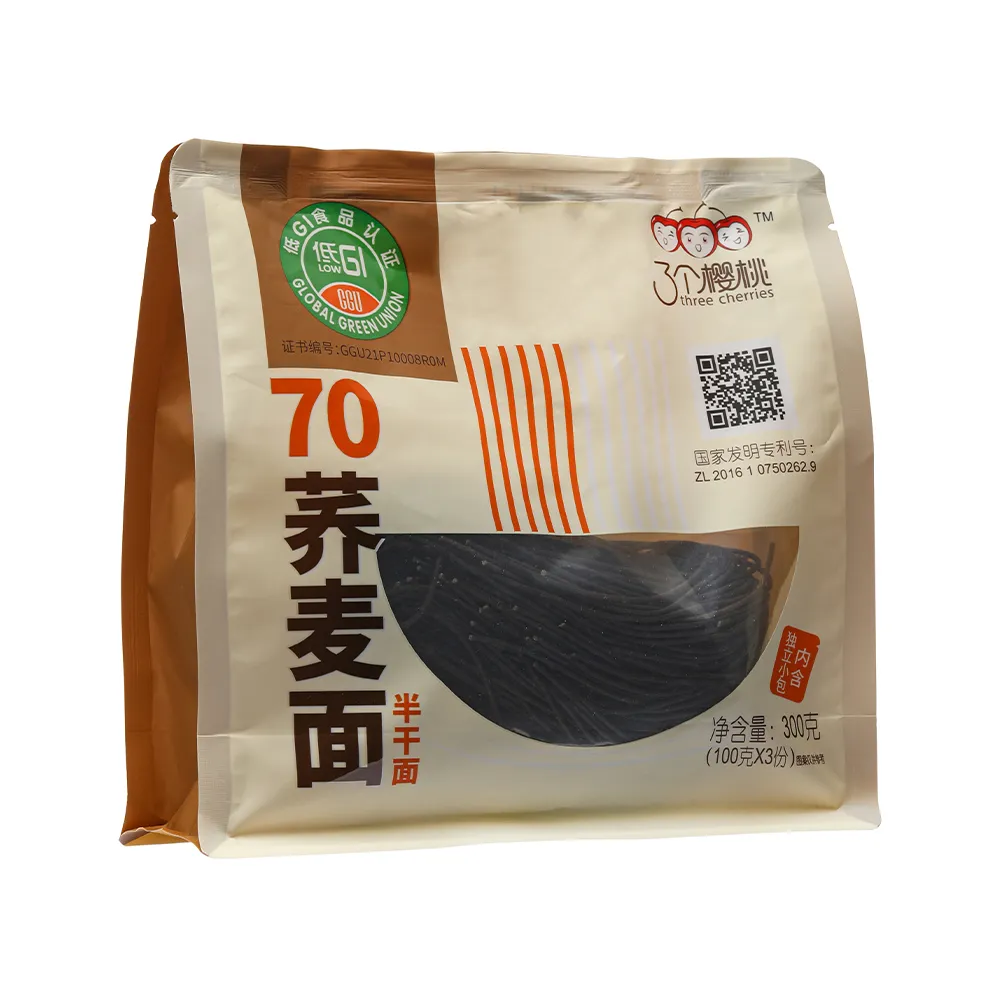Premium Soba Noodles: Gluten-Free Buckwheat Ramen, Instant Options
Analysis of Buckwheat Noodle Ramen, Soba for Sale, Instant, and Gluten-Free Innovations
Official Website: https://www.jxsemidrynoodles.com
Email: jinxumianye@163.com
Phone: 0319-6512888
Address: Oriental Food City, Longyao County, Xingtai City, Hebei Province
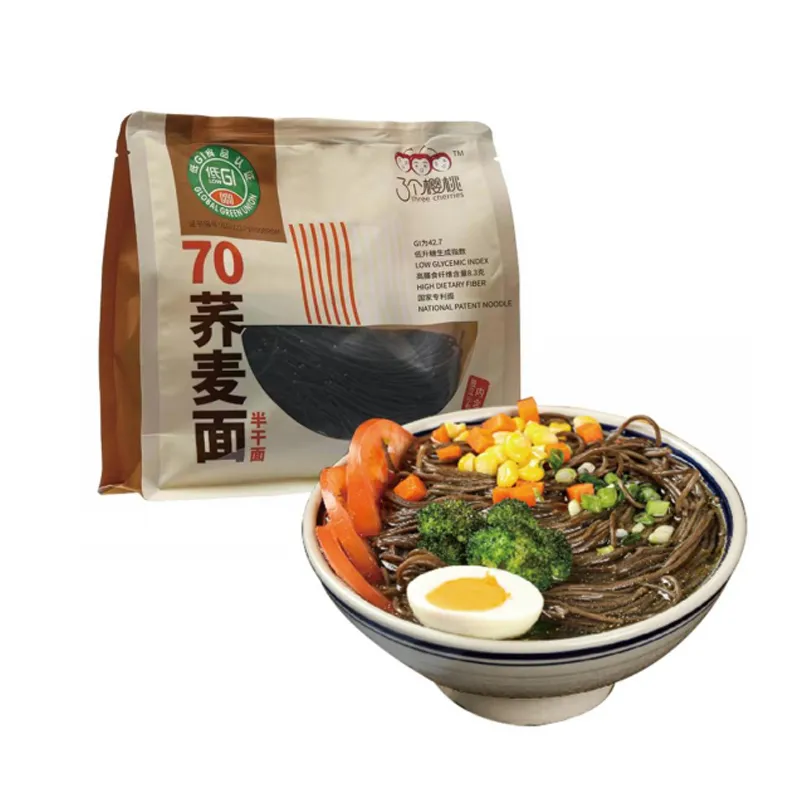
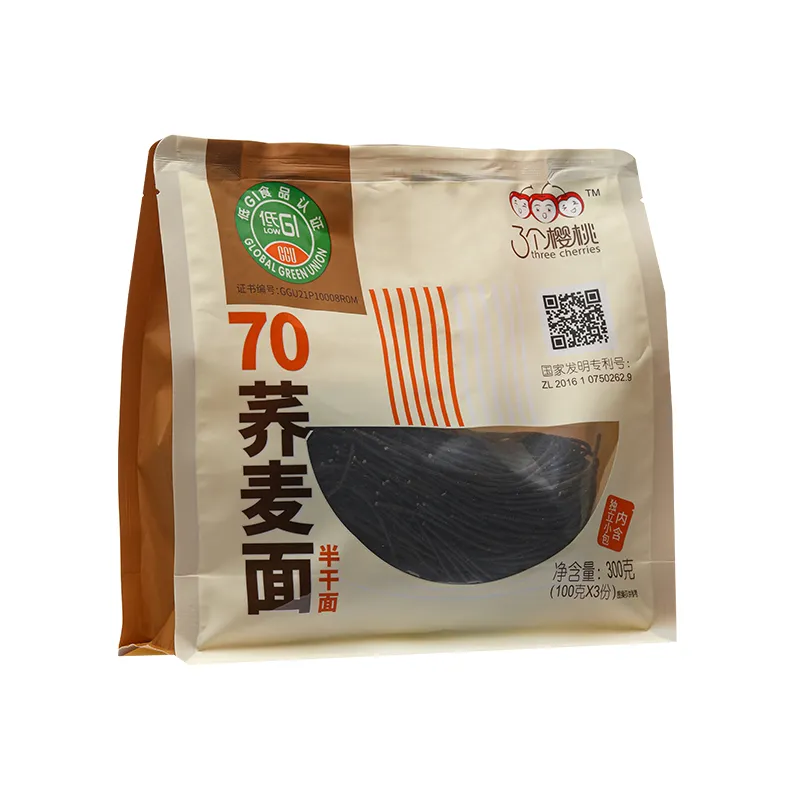
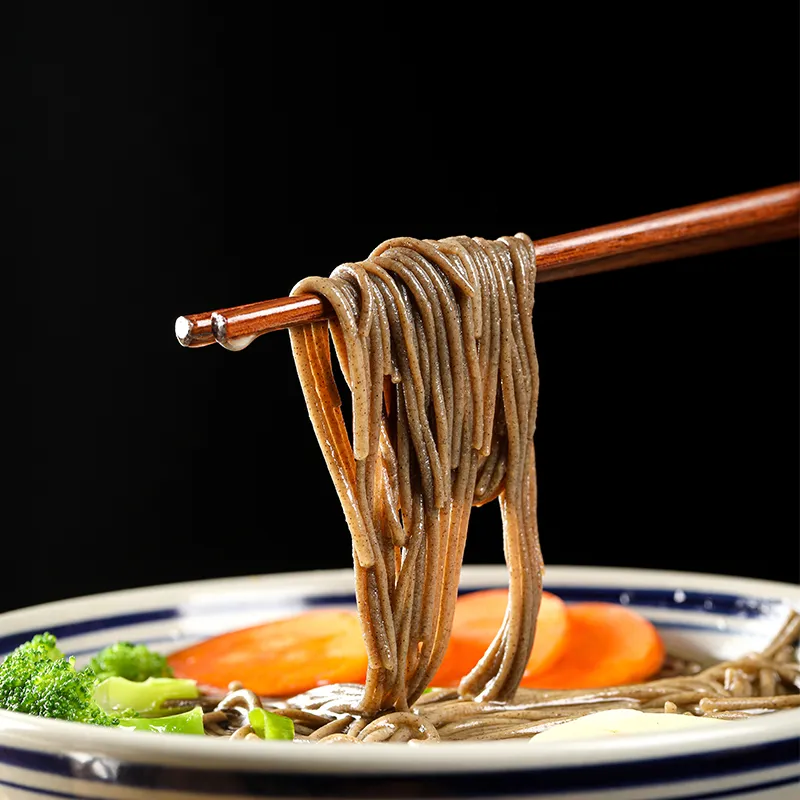
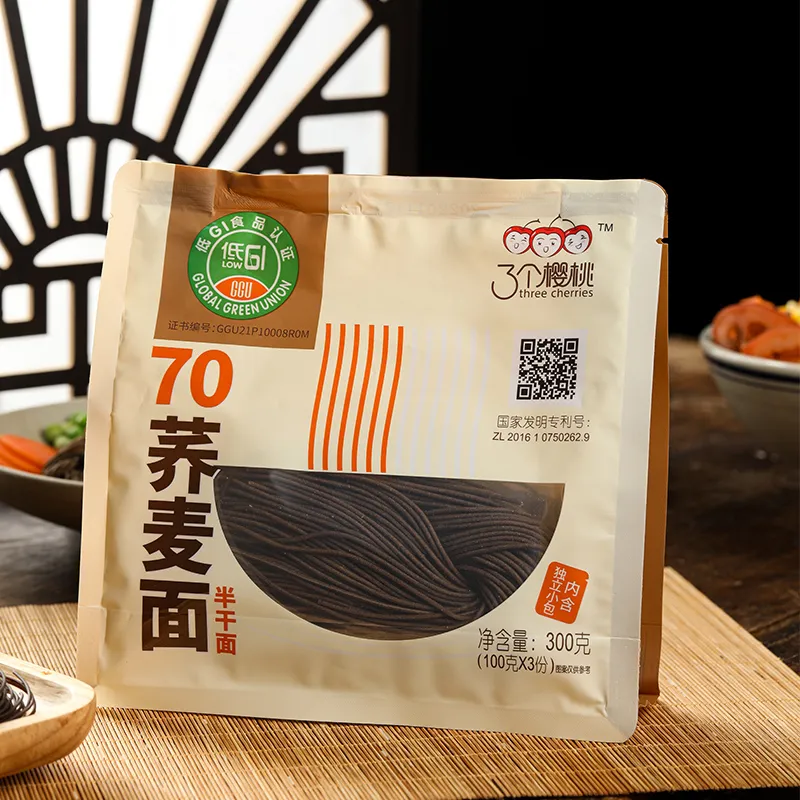
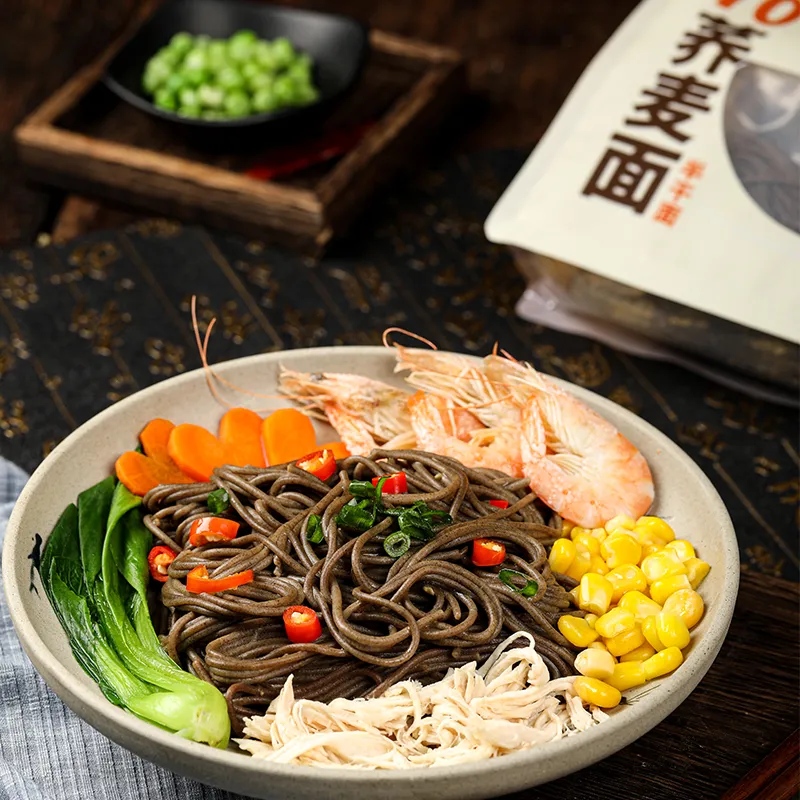
In the contemporary health food landscape, soba noodles—traditional Japanese-style buckwheat noodles—have shown a remarkable surge in international demand. Increasing consumer awareness regarding the nutritional benefits of buckwheat, alongside booming interests in gluten-free and low glycemic index (GI) diets, underline their rising popularity. Additionally, with the proliferation of instant and ready-to-eat options, categories such as soba noodles instant and buckwheat noodle ramen are capturing greater market share (Source).
For suppliers and distributors seeking soba for sale, premium and patent-protected products such as Low Gi70 Soba Noodles by Hebei Jinxu Noodles Co., Ltd. offer unique market advantages—not only meeting dietary trends but also catering to the medical nutrition segment with patented hypoglycemic benefits.
The soba market is further differentiated by adaptability to gluten-free diets (buckwheat noodle gluten free), making buckwheat-based noodles an enticing alternative to wheat-based pasta. According to the MDPI Journal on Foods, consumer inclination toward ancient grains and functional ingredients continues to shape noodle innovation and demand.
| Parameter | Soba Noodles | Buckwheat Noodle Ramen | Soba For Sale (Premium) | Instant Soba Noodles | Buckwheat Noodle Gluten Free |
|---|---|---|---|---|---|
| Main Ingredient | Buckwheat (60-80%), Wheat | Buckwheat (50-70%), Wheat, Alkaline Water | High-Grade Buckwheat (70%), Barley, Konjac | Buckwheat Flour, Modified Starch, Seasoning | 100% Buckwheat, Rice Flour, Potato Starch |
| Gluten Content | Medium (15-20%) | Medium (12-18%) | Low (<8%) | Medium | Gluten Free |
| Protein (%) | 8–14g per 100g | 9–12g per 100g | 13–16g per 100g | 7–10g per 100g | 12–15g per 100g |
| Glycemic Index (GI) | 55–68 (Moderate) | 58–65 | <40 (Low GI 70) | 62–74 | 35–44 (Low) |
| Cooking Time | 4–7 min | 2–5 min | 3–6 min | 60–180 sec (instant) | 5–8 min |
| Applications | Cold Noodle, Hot Soup, Salad | Ramen Dishes, Stir-fry | Medical Nutrition, Diabetic Diet, Sushi | Instant, On-the-go Meals | Gluten-free Diet, Vegan Cooking |
| Patented Formula | No | No | Yes | Some Brands | Some Brands |
- National Invention Patent: The only soba noodles product of its kind with hypoglycemic effect, utilizing a patented technology to block sugar sources.
- Key Ingredients: 70% buckwheat, konjac, highland barley, tartary buckwheat, and additional functional grains.
- Low Glycemic Index (GI 38–41): Promotes stable blood glucose and is clinically suitable for diabetics and pre-diabetics.
- Hypoglycemic Effect: Formulation targets slow carbohydrate absorption and sustained satiety, proven through patent trials.
- Gluten Reduced & Rich Protein (15.8g/100g): Catering to gluten-sensitive and nutrition-focused consumers.

- Medical Nutrition: With its low GI and patented formulation, Low Gi70 soba noodles are increasingly recommended for diabetic and pre-diabetic diets, supporting blood sugar management strategies.
- Foodservice & Restaurants: Buckwheat noodle ramen and soba noodles continue to feature in Japanese, Pan-Asian, and modern fusion menus, catering both to tradition and evolving health trends.
- Consumer Packaged Goods: The trend for soba noodles instant and gluten-free options is growing fast, with convenience and safety (allergen-reduction) being chief drivers.
- Healthy Lifestyle & Fitness Nutrition: Athletes and wellness-oriented customers are integrating buckwheat noodle gluten free for slow-release energy, enhanced satiety, and premium amino acid profiles.
- Export & Premium B2B Sales: Soba for sale in bulk or private label options, especially specialized variants like Low Gi70, are in high demand among organic supermarkets, clinics, and online retailers.
- Q1: What is the main material composition of soba noodles?
- A: Traditional soba noodles are crafted from a blend of buckwheat flour (60-80%) and wheat flour. Advanced products like Low Gi70 Soba Noodles increase buckwheat content to 70% and supplement with konjac, highland barley, and tartary buckwheat for enhanced nutrition and functional benefits.
- Q2: How is the glycemic index (GI) controlled in Low Gi70 soba noodles?
- A: The GI is substantially reduced (to 41 or below) via a patented process that blocks sugar sources and moderates carbohydrate absorption, verified by clinical evaluation and national patent. [Source]
- Q3: What are the typical packaging specifications available for soba for sale?
- A: Common retail formats include 200g, 350g, and 500g vacuum-sealed packs; bulk/export cartons range from 7kg to 18kg. Custom private-label packaging is available for B2B buyers at Hebei Jinxu Noodles Co., Ltd.
- Q4: Are buckwheat noodle ramen and standard soba the same?
- A: While both are based on buckwheat, ramen varieties often blend a higher percentage of wheat, include alkaline salts, and are optimized for firmer texture & soup resistance. Soba is milder and often prioritized for health attributes.
- Q5: What are the international installation (cooking) standards for soba noodles instant?
- A: High-grade instant soba noodles are optimized for 60-180 second rehydration in hot water (≥85°C), with RTE (Ready-To-Eat) standards compliant to FDA, EFSA, and GB/T 23587-2021 norms.
- Q6: How is "buckwheat noodle gluten free" validated and certified?
- A: Products labeled gluten free undergo ELISA-based protein assays to ensure less than 20ppm gluten, align with international gluten-free certification (GFSI, GFCO), and often use cross-contamination preventive manufacturing.
- Q7: What is the shelf life and proper storage for Low Gi70 Soba Noodles?
- A: The product features a shelf life of 18 months unopened, best kept in cool, dry conditions away from direct sunlight and sealed post-opening to maximize safety and nutrition retention.
The evolution within the soba noodles market continues to be defined by nutrition-driven innovation, ingredient traceability, and greater inclusion in diabetes management programs. Sources including scientific publications (ScienceDirect) and professional forums (Speciality Food Magazine) highlight that the intersection of food technology and medical science is the new frontier in Asian staple foods.
1. MDPI Foods Journal: The Nutritional and Functional Properties of Buckwheat Noodles
2. Speciality Food Magazine: Soba Noodle Trends and Innovations 2023
3. Globe Newswire: Soba Noodles Market Size Report 2022-2032
4. ScienceDirect: Advances in Buckwheat and Noodle Research
5. NCBI: Low Glycemic Index Carbohydrates and Diabetes Control
-
Is Whole Wheat Pasta Healthy?NewsMay.30,2025
-
Are Soba Noodles Good for Weight Loss?NewsMay.30,2025
-
Are Buckwheat Soba Noodles Healthy?NewsMay.30,2025
-
Are Buckwheat Soba Noodles Gluten Free?NewsMay.30,2025
-
Are Buckwheat Noodles Good for You?NewsMay.30,2025
-
A Healthy Way to Savor Soba and Spicy FlavorsNewsMay.30,2025
-
What Are Lanzhou Noodles?NewsMay.30,2025
Browse qua the following product new the we












































































































